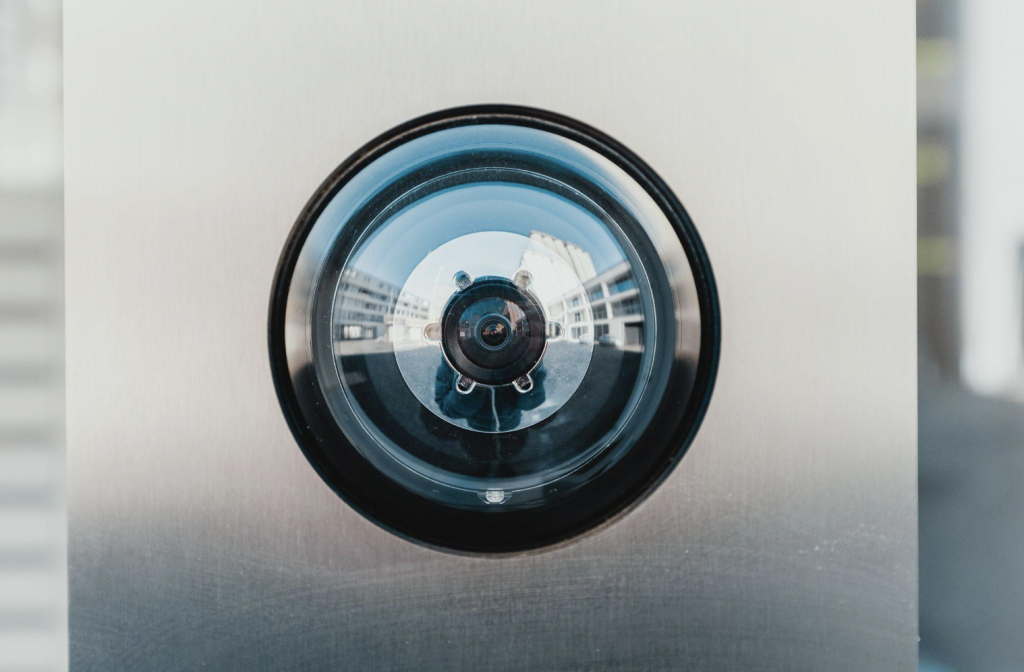Traditionally, physical and cyber security have been the responsibility of specialist teams working in silos. However, with greater coordination and alignment, you can achieve a range of operational, efficiency and cost benefits while minimizing the risk to the business.
Shared information
Siloed security management can leave gaps in the security posture, so it’s essential that the cyber and physical security teams strategize together and share information on risks. They should also carry out a joint security assessment and audit at regular intervals.
By sharing information, both teams can increase their situational awareness, respond faster to incidents and take proactive action to minimize risk.
Coordinated strategies
By collaborating and sharing information, security teams can develop coordinated strategies and policies to strengthen the security posture across the business.
Joint physical and cyber security policies will ensure that employees are aware of all risks, helping to minimize the risk of security breaches caused by accidental or deliberate actions such as tailgating, sharing access credentials, or use of weak passwords.
Secure remote and hybrid workplaces
Aligning physical and cyber security is increasingly important as more organizations introduce hybrid working policies following the pandemic. While strong measures can be applied to secure office-based employees, the task becomes more difficult when employees are working at home or part time in the office.
Home-based employees may be working on unsecured laptops or other mobile devices, using internal networks shared with other family members and the public Internet to transfer sensitive corporate data.
This may open security vulnerabilities but, by developing a coordinated approach, teams can impose measures to reduce vulnerability by securing home workers’ devices and networks or deploying VPNs to support secure data transfer.
Stronger access control
Access control is one of the most important physical security responsibilities, but aligning cyber security measures in this area can increase overall protection. Strengthening access control with a coordinated strategy is critical as Research by Entrust found that 61 percent of data breaches were due to compromised credentials, either due to errors or identity theft.
Increasingly, businesses are turning to smart locks as an essential part of an integrated approach to access control. When integrated with keyless entry security systems, smart locks support flexible yet secure entry methods using signals from different types of wireless user devices, such as smartphones, key fobs or wearables, to present credentials that allow or deny access to a door. These keyless systems also allow for touchless door entry, a feature that is becoming more widely adopted to reduce touchpoints and provide convenience for workers as they return to the office.
Zero-trust policies limit access through provision of minimum permissions related to job functions, the use of one-time passwords for three-factor authentication, or replacing passwords with multi-level identity verification.
Improved costs and efficiency
Convergence can also reduce overall security costs by eliminating resource redundancies and reducing the risk of costly attacks. Kaspersky Labs reported that these costs are due to:
- Loss of access to business-critical information
- Damage to company reputation
- Temporary loss of ability to trade
- Possible fines for non-compliance with industry regulations or customer service level agreements
Converged teams can also reduce their costs by sharing threat information and using cloud-based security solutions to improve efficiency. With new threats emerging, it will be essential to keep security systems up to date. Cloud-based systems provide automated updates and alerts to protect against the latest vulnerabilities.
By moving physical and cyber security to the cloud, teams can introduce remote management solutions, improving efficiency and simplifying system management.
It’s also important to keep security credentials up to date to minimize vulnerability. Cloud systems that incorporate higher levels of automation can manage the process and deactivate any out-of-date credentials.
An overall stronger security posture
Aligning physical and cyber security enables teams to strengthen the overall security posture by eliminating any gaps in security measures, sharing essential threat information and developing coordinated strategies to minimize risk to the business.

